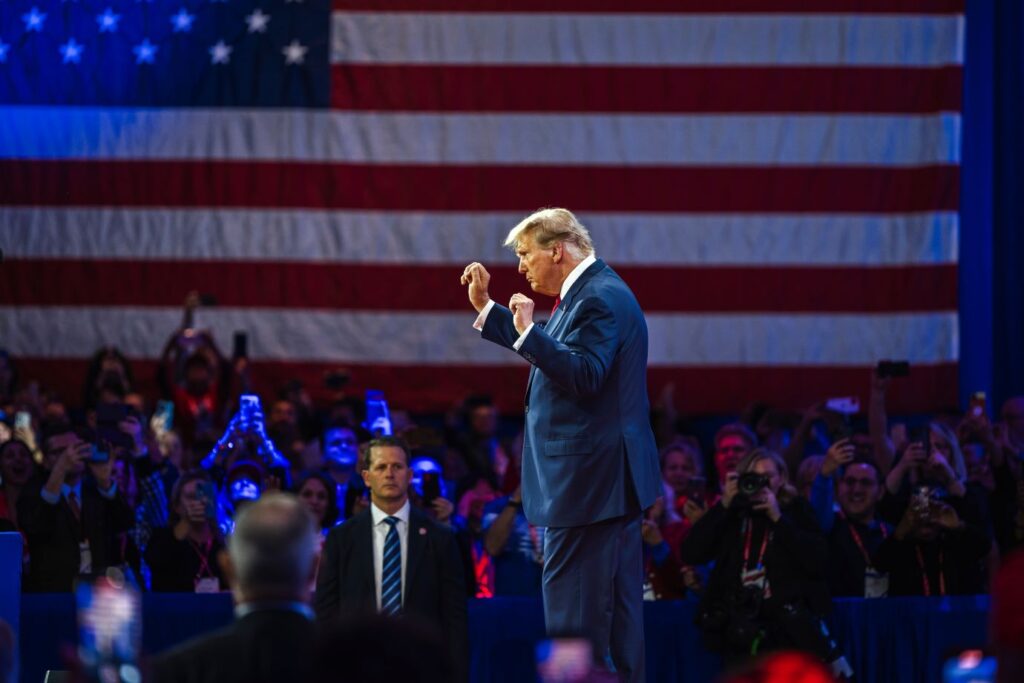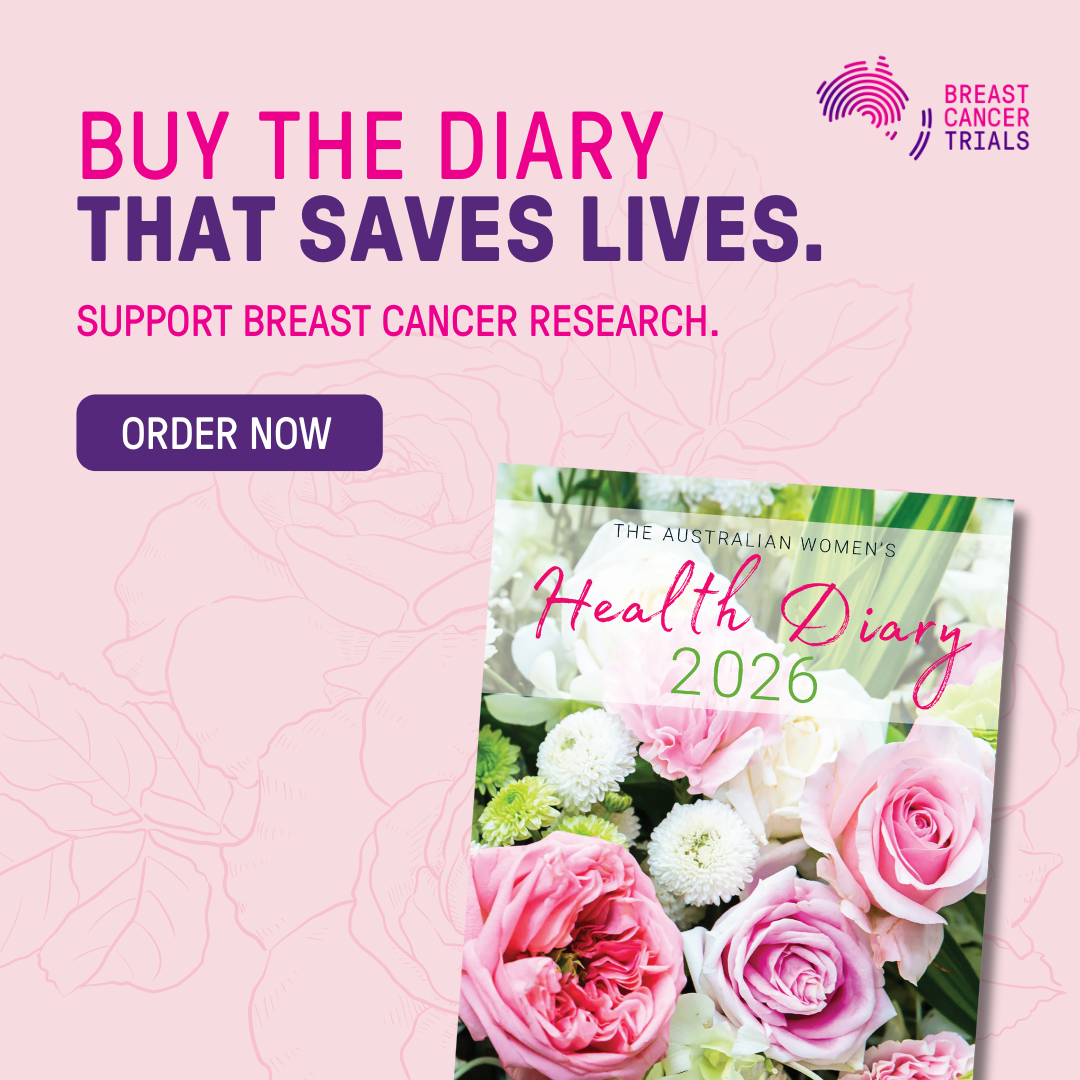It was a black-tie affair, 37 years ago today. Calvin Klein, Don King, Norman Mailer and Helen Gurley Brown were there, snapped at The Art of the Deal release party, corks popping in Trump Tower Atrium not two weeks after Black Monday’s stock market rout. It was a different time – a different wife for Donald Trump (Ivana) and a different life for the media (profitable).
The Eighties are a foreign country to young people living in the era’s souring leftovers. But the pages celebrated that night have implications for them most of all. Because from New York City to Sydney, our future democracies are gasping for rescue from a digital sludge of misinformation, disinformation, lies and the stink of those who skilfully stir it up.
Stirrers from around the world and across the political spectrum are taking cues from the master – the rich-list regular, reality show re-run star, serial bankrupt sneaker salesman, convicted felon (facing further counts) and now Republican nominee for commander in chief – who laid out his formula in The Art of the Deal all those years ago.
In 1987, The New York Times’s tart review said the bestseller that made Trump a household name was about “how its author, the builder Donald J. Trump, is simply smarter than the rest of us”. The book was “a display of the author’s not inconsiderable ego”. Still, it was not without charms. The review’s final, prophetic lines read: “Mr. Trump makes one believe for a moment in the American dream again. It’s like a fairy tale.”
And here we are, at the cliffhanger of the reality fairy tale screening around the world. The global political power balance, and the lives of many of the world’s most powerful and powerless people, rest on Americans’ choice between US Vice President Kamala Harris and the man who gave his secrets away for all to see through, if only we would.
“[T]he way I promote is bravado,” Trump says in the book. “I play to people’s fantasies. People may not always think big themselves, but they can still get very excited by those who do. That’s why a little hyperbole never hurts. People want to believe that something is the biggest and the greatest and the most spectacular. I call it truthful hyperbole. It’s an innocent form of exaggeration – and a very effective form of promotion.”
The game is just the gall to abandon truth if it helps him. Politically it’s a playbook plied famously in Germany in the 1930s, by Joseph McCarthy in the 1950s, and others long before them. Since his ‘birther’ lie, Trump has shamelessly stuck to the strategy, heedless of who gets hurt. Lately it’s sunk to bunkum about eating pets, a never-true rumour Trump peddled, proven false. His running mate is nevertheless ready and willing to ‘create stories’ about honest Haitian workers living in Ohio (or about you), if that’s what it takes. Not so innocent.
Australians old enough to recall the “children overboard affair” will recognise the play. The Howard government was trolling (spreading falsehoods to provoke a reaction) before it was a digital thing. In Australia, it pays to be alert whenever migrants, refugees, asylum seekers and indigenous people become the story, because our politicians have alarming form in using and dehumanising these people for political gain.
The latest update on this ever-streaming playbook is how it gets juiced in our online information ecosystem. Carrying the knowledge of the ages in our pockets, people do their own research. Trouble is, scholars and shysters alike have shiny websites – and publishers of misinformation get six times more engagement than factual news.
People are primed to turn to conspiracy theories and easy explanations when we are anxious, frustrated or angry. And who isn’t these days, as bloody images ping from far away to our phones right along with our rising rent notices? Into this exhausting environment, political shills of all stripes exploit the “flood the zone with shit” strategy, introduced by Trump’s then advisor Steve Bannon, who emerged from prison this week. Keeping us disoriented is the point.
Today’s digital natives can’t imagine that we once trusted broadcasters and newspapers of record to make editorial judgments, and how those producers and editors would refuse to give time and space to lies, or even unverified facts. Now such news judgment costs clicks, which equate to advertising dollars, and would leave their audiences sidelined from conversations that spread regardless, as algorithms amplify unchecked crud from odd niches of the internet to the highest offices.
In this context, and whatever becomes of Trump, we have little choice but to actively make our own determination of what’s truth and what’s “truthful hyperbole”, or worse. To make it a regular habit to stop before we share. To remember that fairy tales may be much more compelling than facts, but they’re still fairy tales. To stay on guard against those who would “play to people’s fantasies” or our worst fears.
With the burdens young people carry today, it seems terribly unfair to add the responsibility of navigating a sometimes nasty, overwhelming landscape of information just to save the democracy we’ve long taken for granted. But they can be heroes. Because there’s a monomyth even more time-tested than this playbook: the hero’s journey. It’s a classic test of strength, skill and resolve. Wherever we are, misinformation is coming for us, and all of us – the social-news generation most of all – must put into practice everything we’ve learned from this maddening US election journey, mastering ways to spot and stop the lies, and make truth triumphant in our politics.



